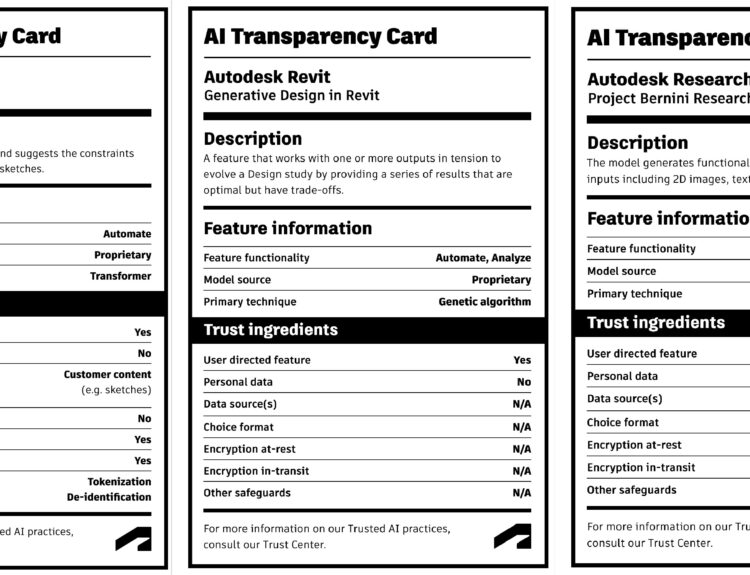The potential speakers have worked hard this spring, the team and group have reviewed them, now its your time to vote for your favorites that you want to see at Autodesk University in Las Vegas this November. We have to reduce the 2228 class proposals down unless we want to extend AU 2019 to 24 hours a day or a 7 day event so now it is up to you to help us by voting on your favorites. Use the Search option to find classes on topics you are interested in.
Go select and vote on the classes you want to attend!
PS:
The annual AU5K run will happen again although I’m not sure we can grow it as we hit the max last year and may have to do it two days or two group.
The Blogger & Social Media Meetup is once again in the planning stages and will be held at the Venetian this year and we are planning some really cool things beyond the awesome and influential attendees a tub full of “beverages”, a wall of pizza, and cool technology to gets hands on with.
This will be a very special AU, plan to attend and find out why.
Cheers,
-Shaan



